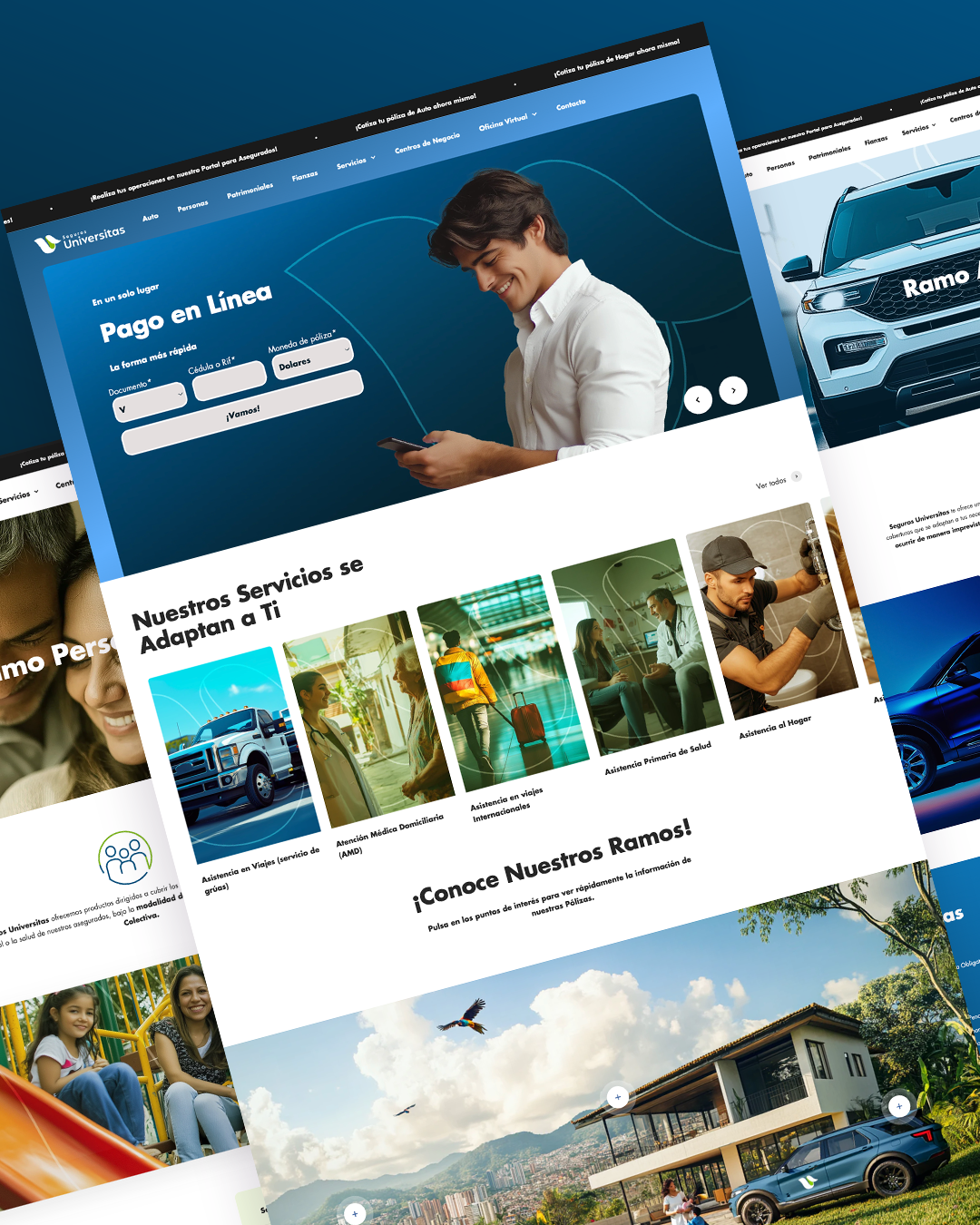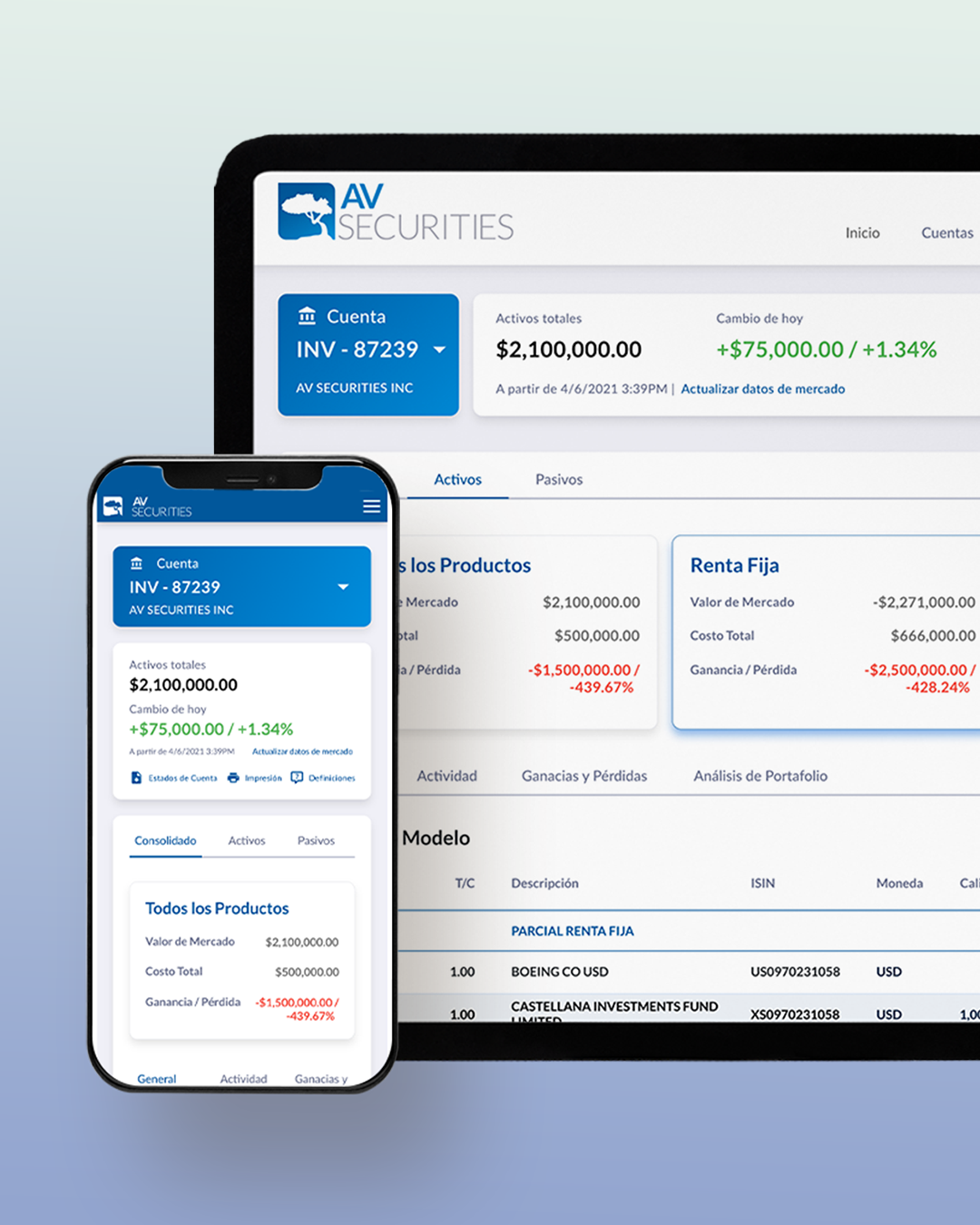Desarrollo de Piezas de Software a la Medida
Custom software development stands out for its ability to tailor solutions precisely to a company's unique requirements, offering distinct benefits when off-the-shelf products fall short. With custom development, businesses can expect:
- Complete Customization: Tailored features and functionalities that align perfectly with business processes.
- Seamless Integration: Effortless compatibility with current systems and workflows.
- Enhanced Operational Efficiency: Streamlined operations that can provide a competitive edge.
- Cost Savings in the Long Run: Initial investments in custom software often lead to reduced expenses over time due to increased efficiency and specific functionality.
- Full Software Ownership: Complete control over the software, including updates and modifications.
- User-Centric Design: Development focused on the end-user or specific business requirements, enhancing satisfaction and productivity.
- Scalability and Flexibility: The ability to scale and adapt the software as the business grows and changes.
- Elevated User Experience: A user-friendly interface designed for the specific needs of the business and its clients.
- Advanced Security Features: Customized security measures tailored to the specific risks and requirements of the business.
When is it advisable to develop a custom piece of software?
Custom software development becomes a strategic choice under certain conditions, especially when unique or intricate requirements aren't effectively met by generic software solutions. Here are scenarios where custom development is especially beneficial:
- Unique Business Processes: For businesses with distinct operational needs that generic solutions can't accommodate, custom software can be tailored to fit these precise requirements.
- System Integration: Custom software is ideal for companies needing to seamlessly merge multiple existing systems, enhancing operational coherence.
- Growth and Change Readiness: For businesses planning expansion or anticipating significant operational shifts, custom software can be engineered for easy scaling and adaptation.
- Gaining a Competitive Edge: Companies aiming to stand out through unique technology offerings can achieve this through custom-developed software.
- Regulatory Compliance: In heavily regulated industries or where specific compliance standards are a concern, custom software can ensure adherence to these legal requirements.
- Streamlining Internal Processes: When off-the-shelf solutions fall short in managing complex internal workflows efficiently, custom software can be crafted to optimize these processes.
- Enhancing User Experience: To provide a superior user experience that generic applications can't deliver, custom software can be developed with user-centric design.
- Tailored Security Measures: In scenarios where security is paramount, or the requirements are highly specific, custom software can provide specialized security solutions.
- Ownership and Control: Custom development is the go-to option for businesses wanting complete control over their software, including updates and source code ownership.
- Long-term Financial Efficiency: Though custom software might require a higher upfront investment, it can prove more cost-effective in the long run by eliminating recurring licensing and subscription costs.
A thorough cost-benefit analysis, considering both present and anticipated future needs, is crucial before committing to custom software development to ensure it aligns with strategic business goals.
Custom software development process

Requirements Analysis
Requirements Gathering: Delve into and document the precise needs of the customer, overarching business goals, and detailed system specifications to ensure a clear understanding of the project scope.
Feasibility Analysis: Conduct an assessment to ascertain both the technical viability and the financial practicality of the proposed project, ensuring it aligns with strategic objectives and resource availability.

Planning
Scope Definition: Clearly delineate the project's parameters by identifying its objectives, expected outcomes, and timelines to ensure all stakeholders have a unified understanding of its extent and limitations.
Resource Planning: Determine and provision the essential resources such as equipment, software tools, and personnel required to execute the project efficiently and effectively.
Establishing Schedule: Develop a comprehensive timeline that outlines key milestones, development phases, and delivery dates to guide the project's progress and ensure timely completion.

System design
System Architecture: Establish the overarching structure of the software, outlining the technologies and frameworks to be employed to ensure optimal performance, scalability, and maintainability.
User Interface Design: Craft the visual elements and user experience (UX) of the software, focusing on intuitive navigation, aesthetically pleasing design, and seamless interaction to enhance user satisfaction and engagement.
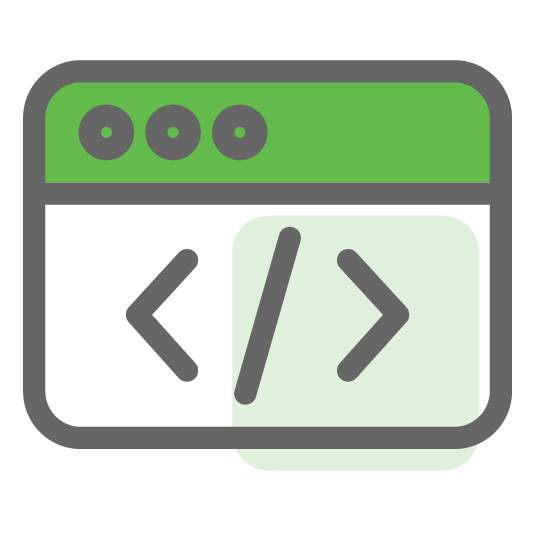
Development
Coding: Translate the design specifications into functional code, employing programming languages and best practices to develop the software according to requirements.
Systems Integration: Ensure seamless interaction and compatibility among various components of the software, facilitating cohesive operation and efficient data exchange across the system.

Testing and QA
Unit Tests: Validate the functionality of each individual component of the software to ensure they perform as expected in isolation.
Integration Testing: Confirm that integrated components of the software collaborate seamlessly and operate correctly together.
System Testing: Assess the overall functionality and performance of the entire software system to ensure it meets the specified requirements.
User Acceptance Testing (UAT): Provide end users with the opportunity to test the software in a real-world environment to validate its usability, functionality, and compliance with their needs and expectations.

Implementation
Deployment: Launch the software for operational use, ensuring a smooth transition from development to production environments.
Training and Documentation: Offer comprehensive training sessions for users to familiarize them with the software's functionalities and provide detailed documentation to serve as a reference guide for ongoing support and usage.

Maintenance and Support
Ongoing Maintenance: Continuously update the software to incorporate new features, enhancements, and bug fixes, ensuring it remains reliable, secure, and up-to-date.
Customer Support: Provide responsive assistance and guidance to users, addressing any issues, concerns, or questions they may encounter during software usage, and ensuring a positive user experience.

Evaluation and Feedback
User Feedback: Gather feedback from users to understand their experiences and suggestions for improving the software, ensuring continuous enhancement and alignment with user needs.
Project Evaluation: Assess the project's performance against predefined objectives, identifying successes and areas for improvement to inform future projects and ensure ongoing excellence in software development practices.

Iteration and Continuous Improvements
Iterative Development: Implement enhancements and new features in iterative cycles, allowing for continuous improvement and refinement of the software based on user feedback and evolving requirements.
Technology


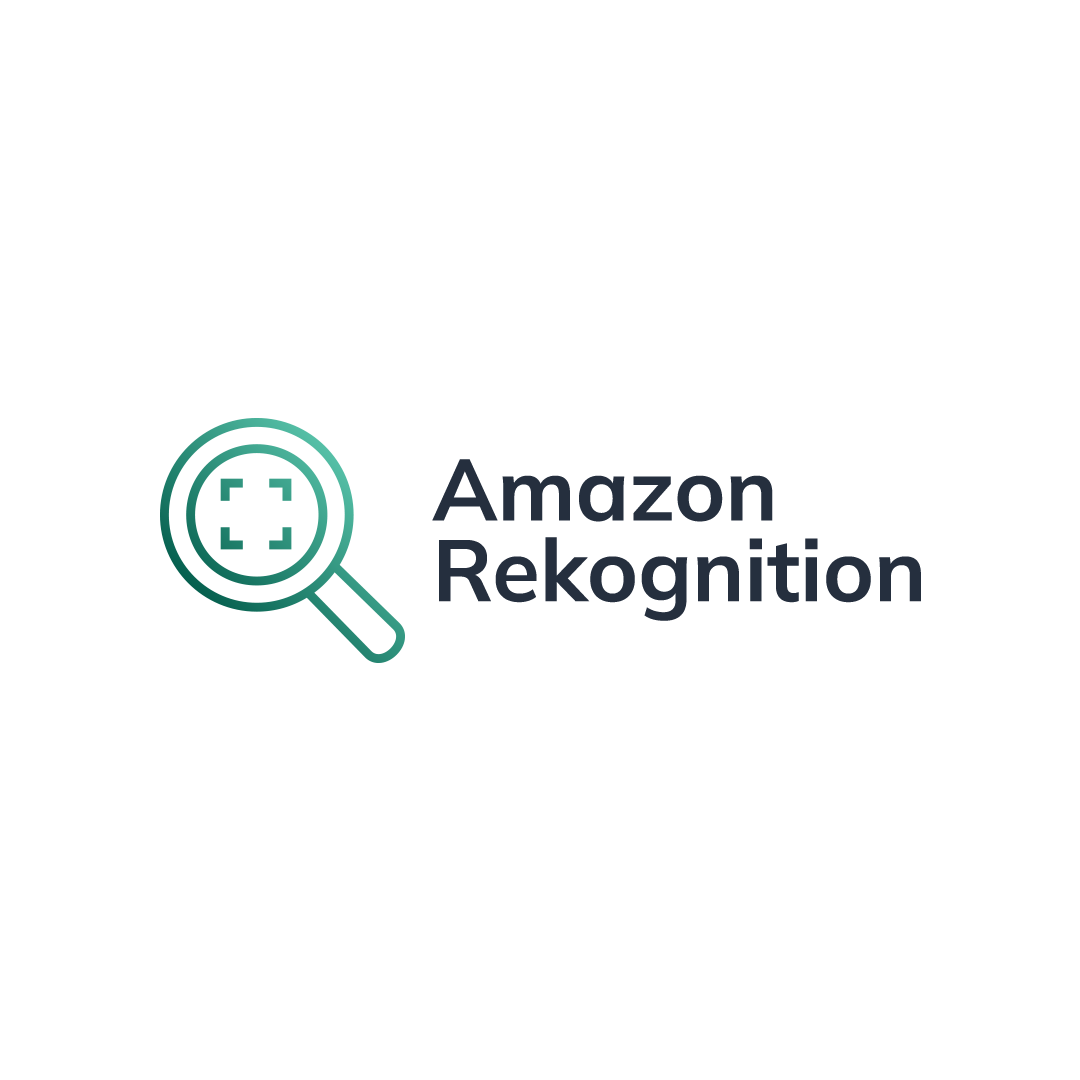

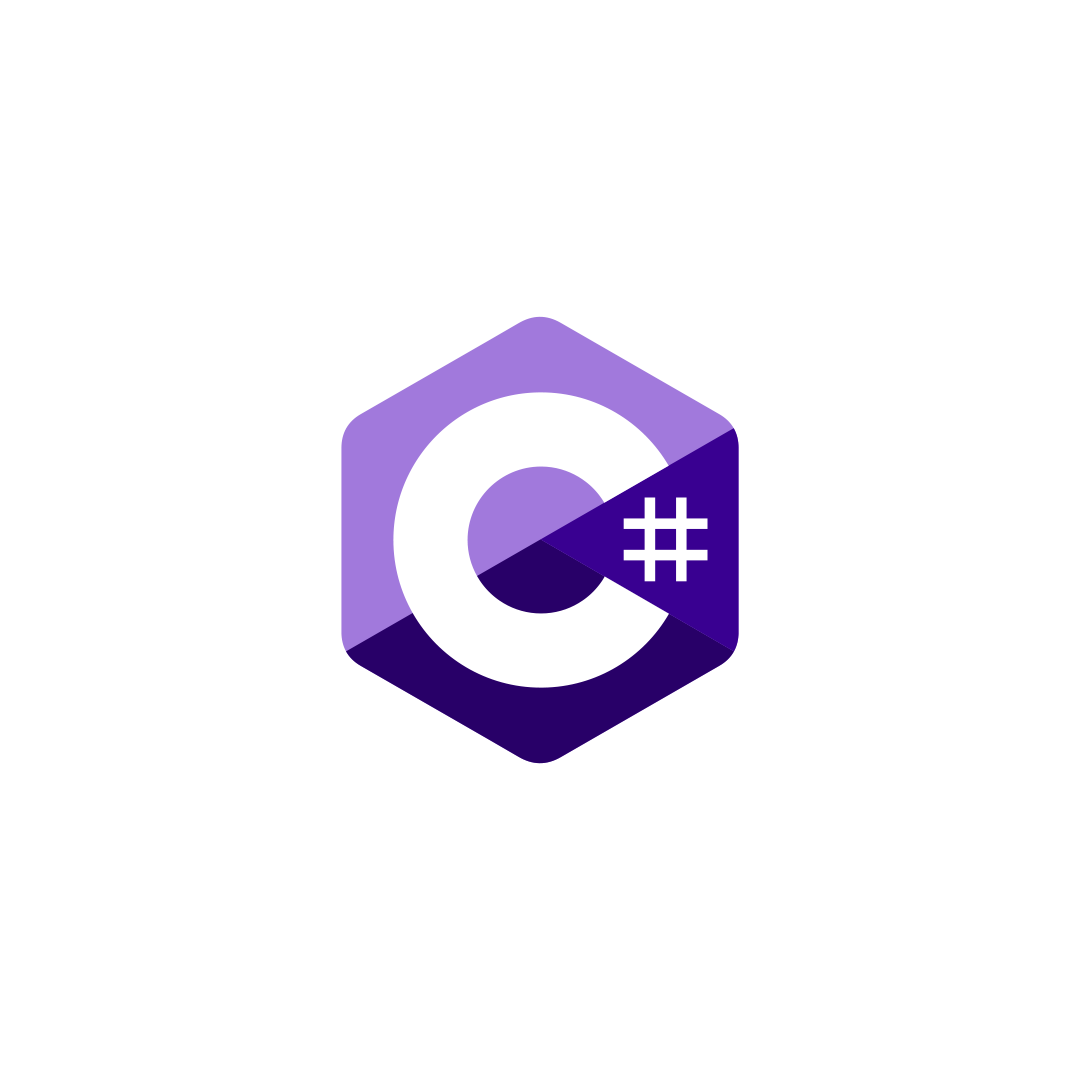



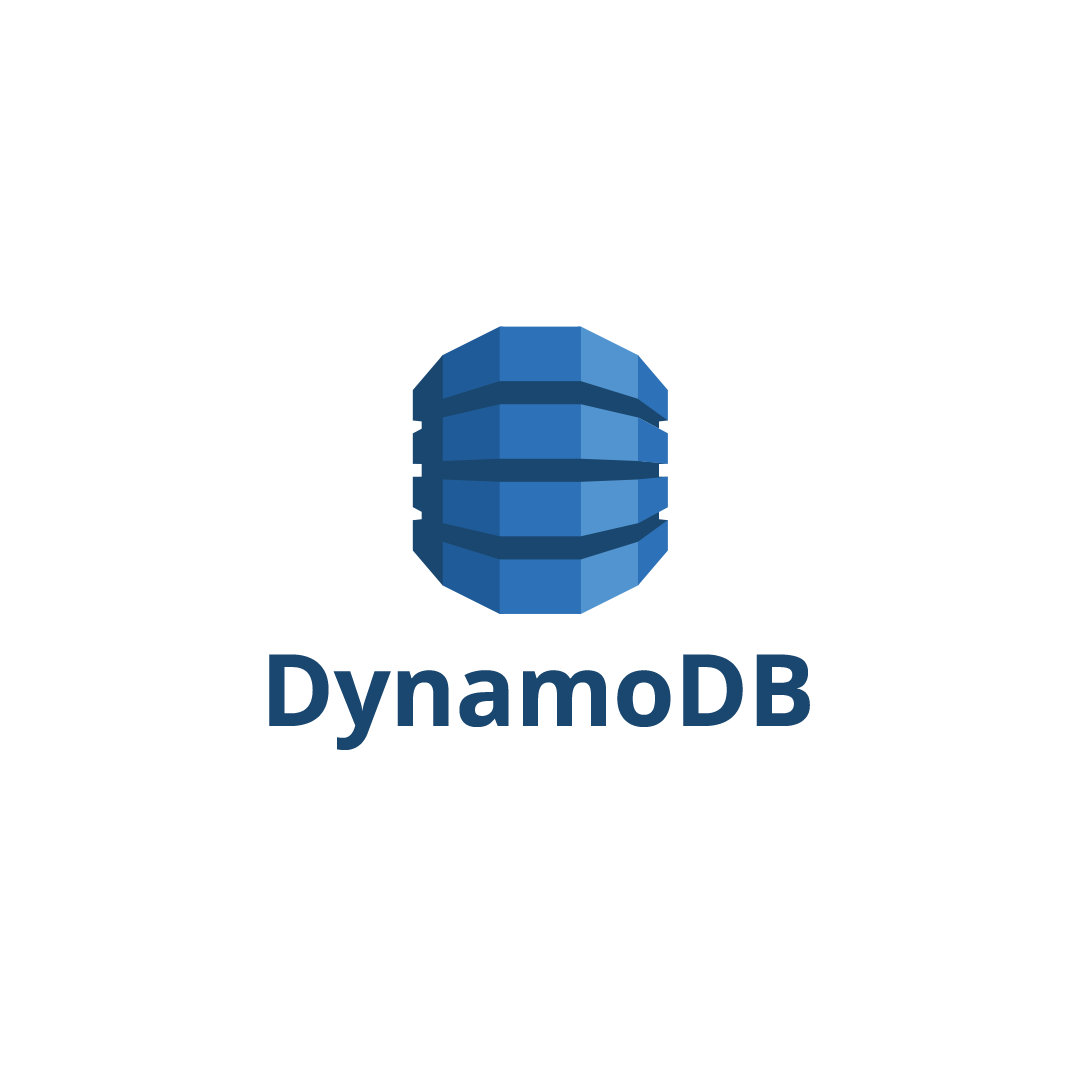




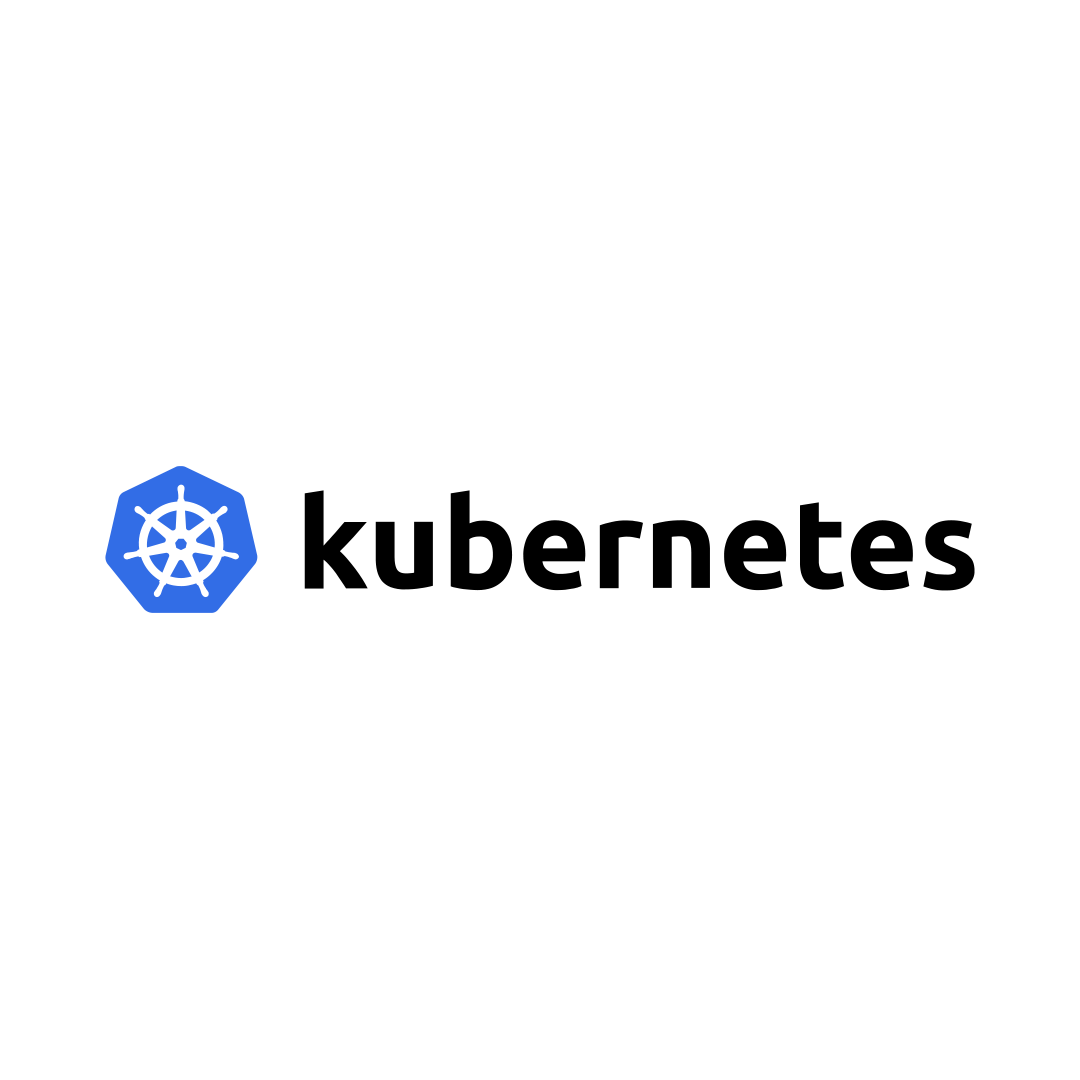

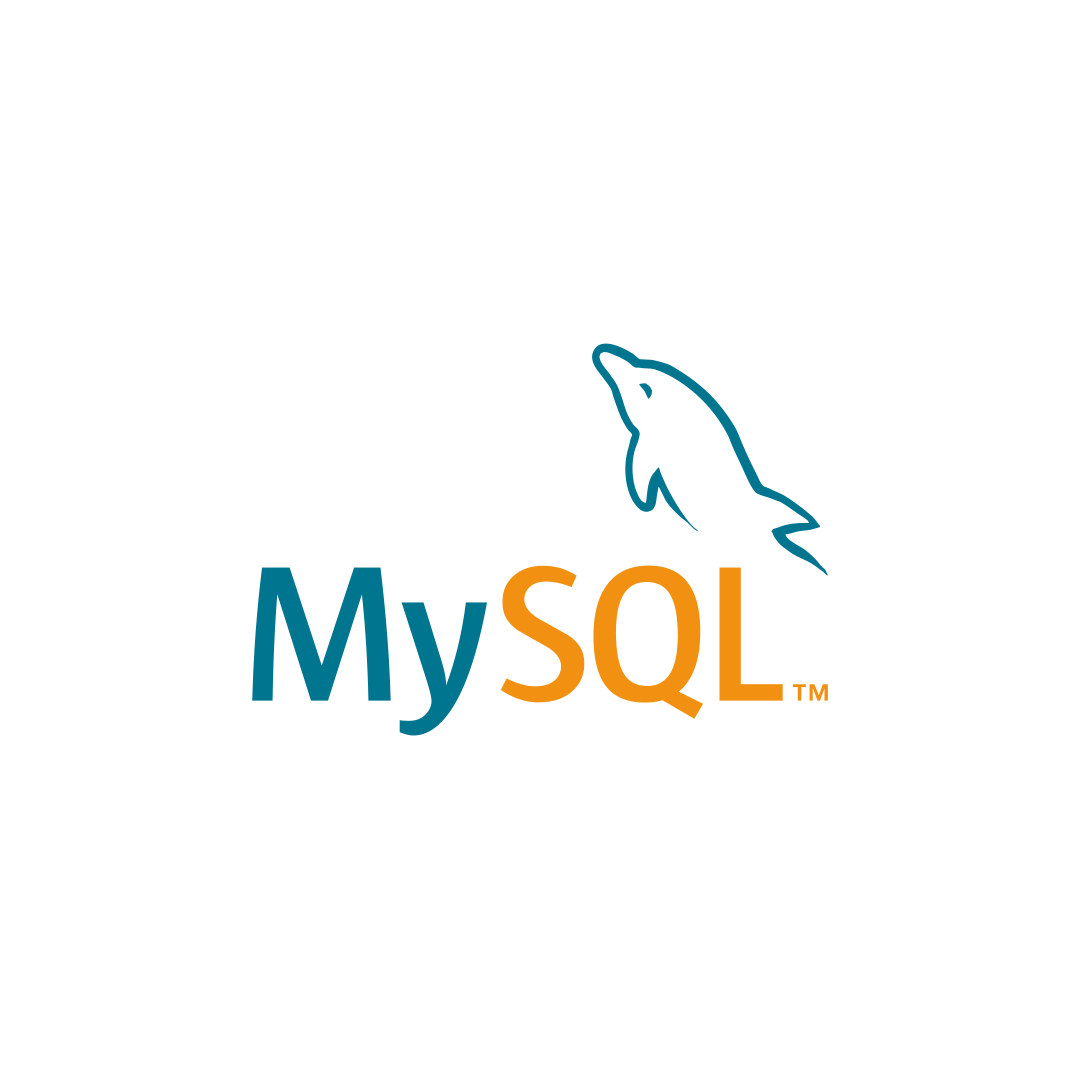

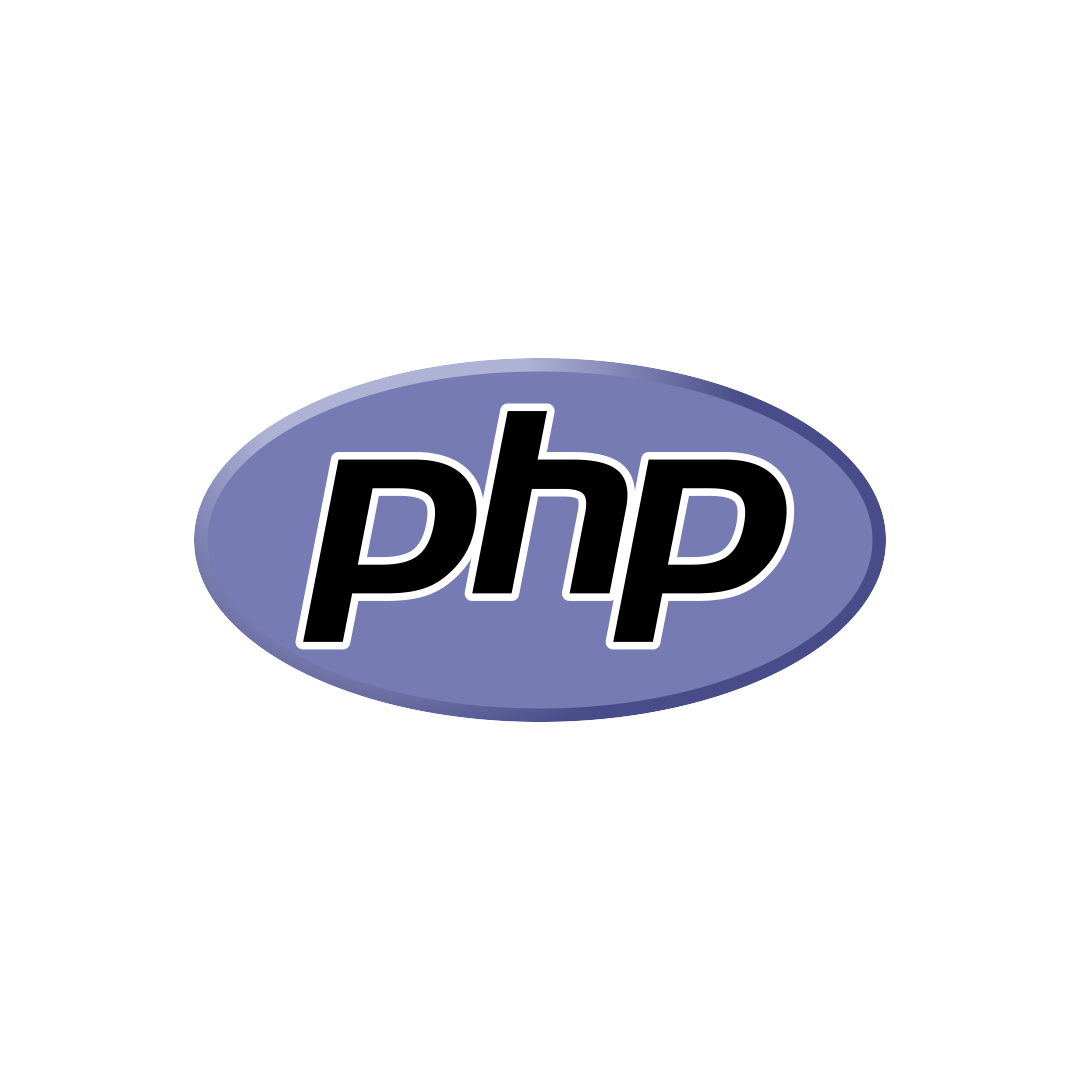
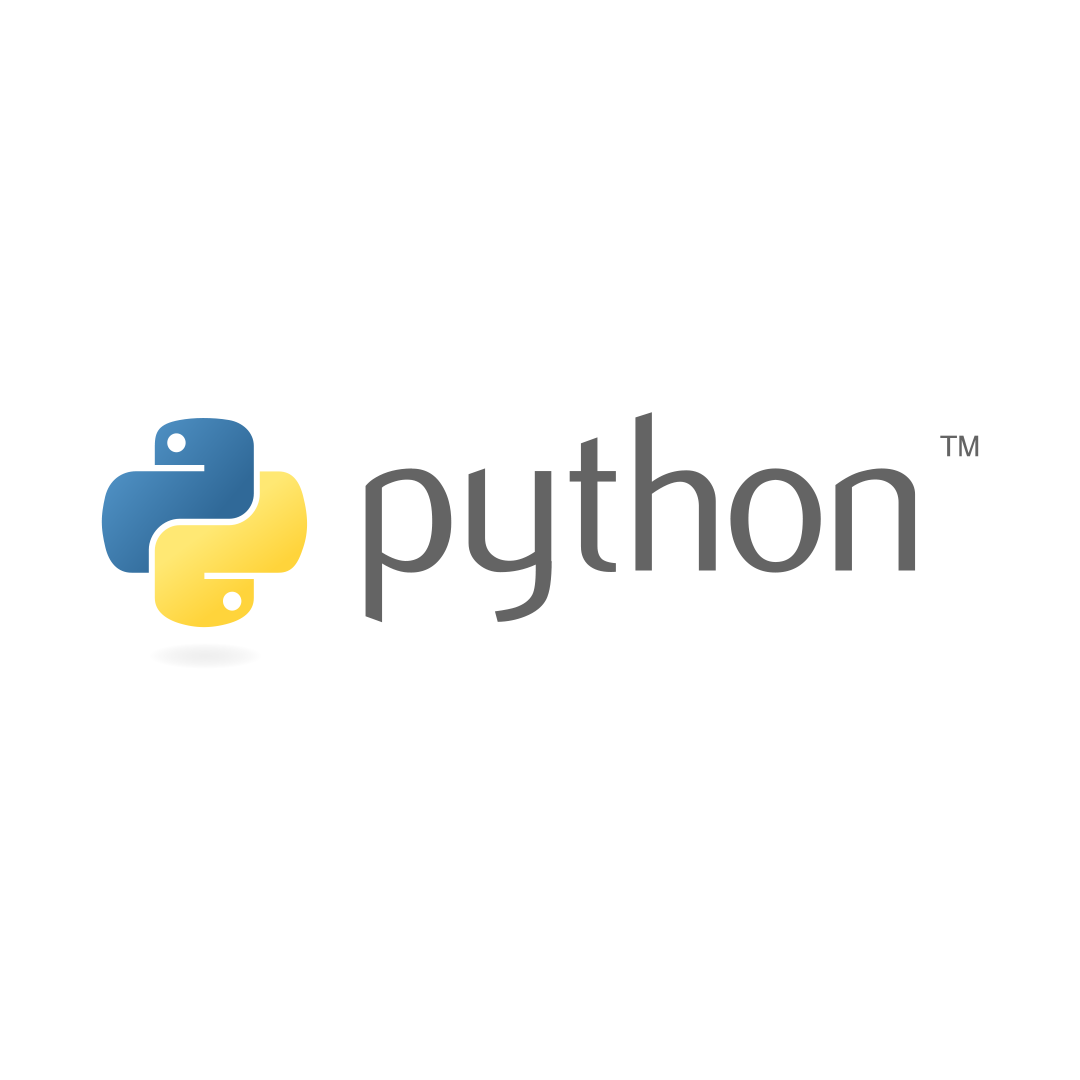


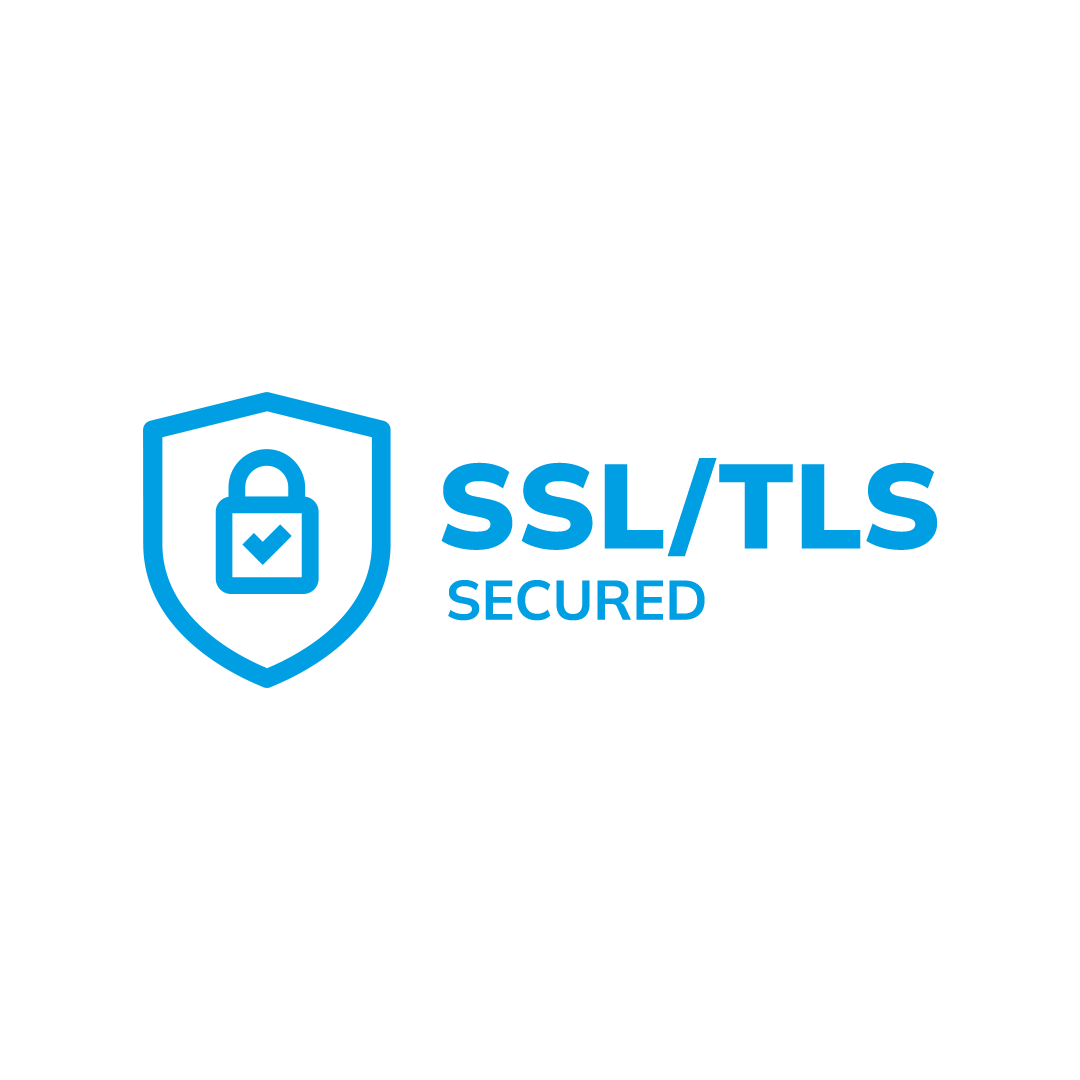

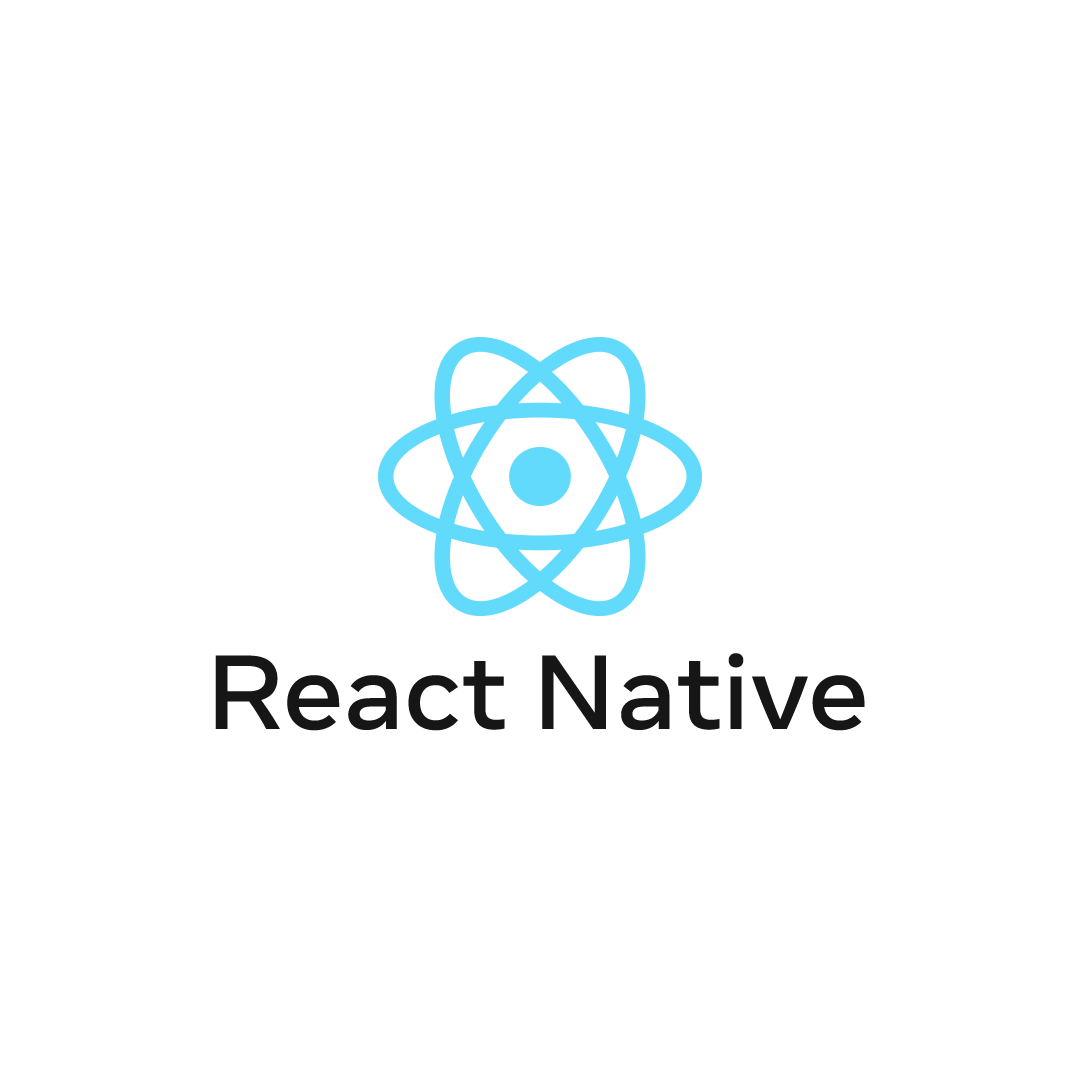

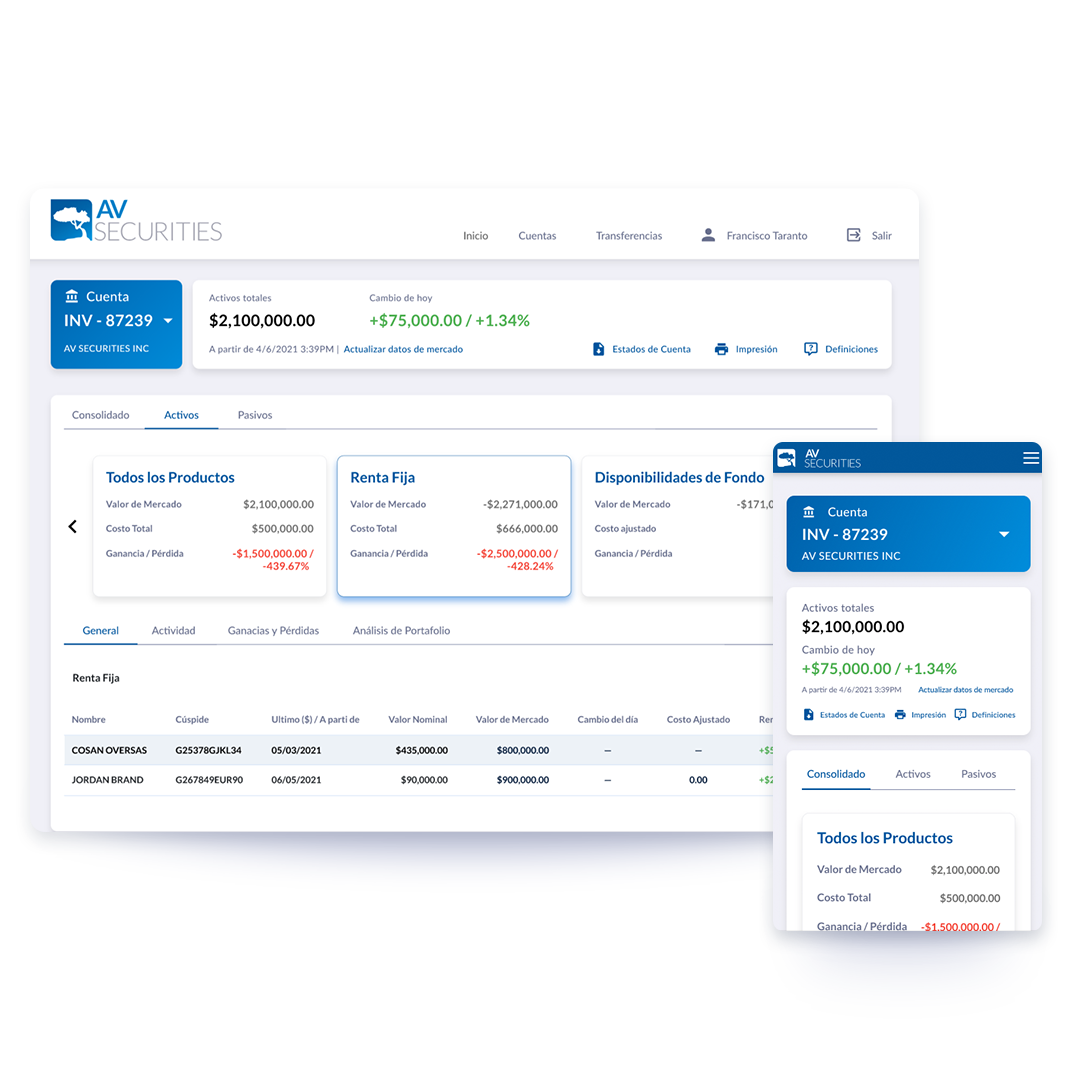
Start your custom software project!
Feel free to reach out to us at no cost for a comprehensive evaluation of your project. Together, we'll work to identify the ideal solution that perfectly aligns with your unique requirements.

